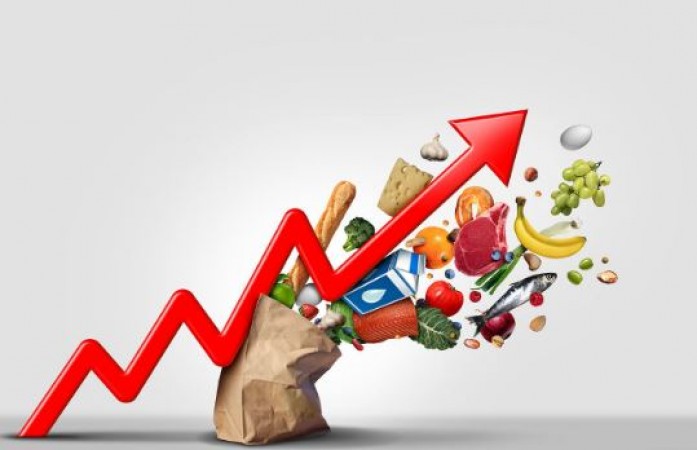
Inflation is a crucial economic metric that tracks how quickly the average price of goods and services in a country increases over time. Consumer purchasing power, corporate profitability, and overall economic growth are just a few of the economic factors that inflation can have a substantial impact on. The Reserve Bank of India (RBI) is the central bank in India and is in charge of developing and carrying out monetary policy, including controlling inflation. Let's look more closely at the RBI's key findings and the projected rate of inflation in India in 2023.
Also Read: Unveiling the Latest Consumer Price Index Insights
Several factors have been influencing the inflation rate in India in 2023.
Food and Fuel Prices: The CPI basket in India includes considerable amounts of food and fuel prices, and these prices' volatility has a big impact on inflation. Food and fuel costs raised in India in 2023 as a result of a number of causes, including unfavorable meteorological conditions that reduced crop production, increased crude oil prices worldwide, and supply chain disruptions.
Demand-Supply Dynamics: The demand-supply dynamics in the economy can also impact inflation. An increase in demand for goods and services without a corresponding increase in supply can result in higher prices. In 2023, India experienced a surge in demand for certain goods and services, particularly in the wake of the post-pandemic economic recovery, which led to increased inflationary pressures.
Exchange Rate: Changes in the exchange rate can have an impact on inflation, particularly in an import-reliant country like India. Higher inflation can result from a decline in the value of the domestic currency, which raises the price of imported goods and services. India's exchange rate saw some volatility in 2023, which added to inflationary pressures.
Also Read: Bitcoin Investment Progress for this Decade in Venezuela
Average Inflation Rate in India (Last Year):
Consumer pricing index (CPI) data shows that retail inflation in the nation decreased to 6.44% in January 2023 from 6.52% the previous month. Similar to this, the Wholesale Price Index (WPI), which determines the whole cost of items before selling them at retail rates, showed a decrease in inflation to 3.85% from 4.73% for the same time period.
The CPI last year peaked at 7.79% in April, and the WPI peaked at 15.88% in May 2022. While WPI is up 1.59% compared to inflation in February 2020, CPI is down 0.14%.
Current Inflation Rate in India:
India's inflation rate is a cause for concern as of 2023. The RBI keeps a close eye on inflation and controls it with a variety of measures at its disposal. The Consumer Price Index (CPI), which tracks changes in the costs of a variety of household-consumed goods and services, is the most widely used measure of inflation in India. The CPI-based inflation rate in India in 2023 has been going upward, above the RBI's goal range of 4% (+/- 2%) for a number of months, according to recent data issued by the central bank.
Also Read: FOREX-Dollar Slides as Inflation Surprise Spooks Bulls
RBI's Response to Inflation:
The RBI, which serves as India's central bank, has implemented a number of steps to control inflation in 2023. The policy repo rate, reverse repo rate, and other liquidity management tools are some of the monetary policy instruments that the RBI utilizes to affect inflation. The government has directed the RBI to meet its medium-term inflation objective of 4% (+/- 2%).
To combat the escalating inflationary pressures in 2023, the RBI has started employing a calibrated tightening policy. To reduce excessive liquidity in the economy and keep inflation under control, it has raised the policy repo rate, which is the rate at which commercial banks borrow from the RBI. In order to control the amount of liquidity in the banking system and affect inflation expectations, the RBI has also been employing other liquidity management tools such open market operations (OMOs) and the cash reserve ratio (CRR).
The RBI has been collaborating extensively with the government and other stakeholders in order to address supply-side problems that are fueling inflation in India in addition to using monetary policy instruments. In order to alleviate pressure on food and fuel prices, enhance efficiency in supply chains, and address these concerns, the RBI has been working in conjunction with the government.
Also Read: Assam's GST Adoption Triggers 12-fold Increase in Tax Collection
GST collection, devolution a success story Explained: FM Sitharaman